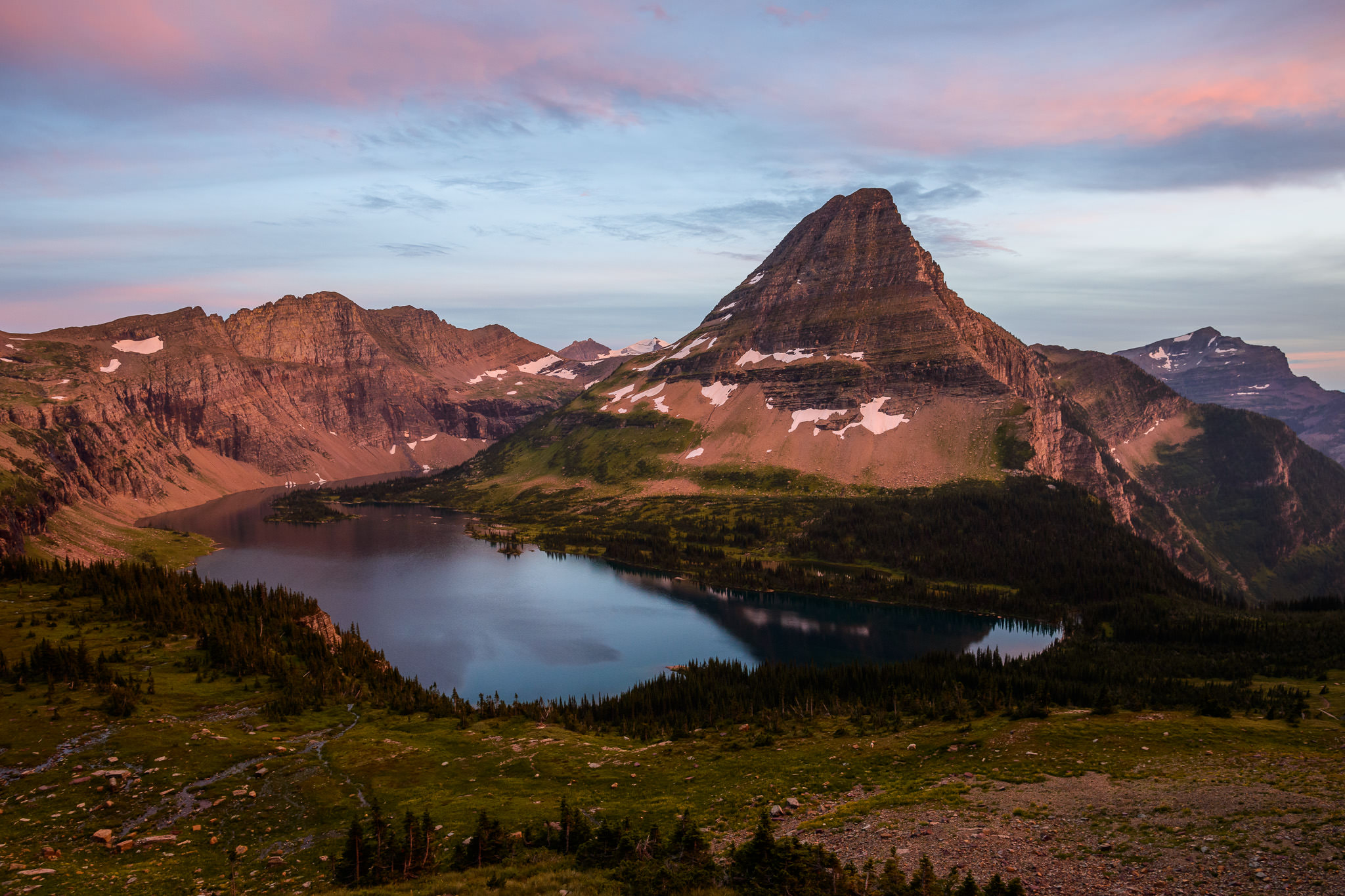Rjdane2
Active member
After some testing between my 600 f4 with and without the 1.4 tc and 800 pf and todays denoise software I wonder which one really has the advantage when it comes to end result image quality. I feel like the closer you can get to your subject even if it’s a stop higher iso it’s a better image.
This post is geared toward wildlife shooting where you don’t really have the opportunity to fill your frame. I have taken the same photo locked on my tripod with the tele on and off with the 600 @ f4 and 840 @ f5.6 and even tho my iso is much higher with the tele my final cropped image is always sharper with the tele due to having to crop the 600 shot more and losing quality.
Now when comparing my 600mm f4 with 1/4 tc @840mm 5.6 to the 800mm pf at 6.3 the 800 is producing slightly sharper results with my final edited photo. So if you use your 600 with the tele the majority of the time I would suggest the 800mm being it’s so much lighter just easier to use and maneuver.
The only time I would want my 600 over the 800 is if it was dusk/dawn or in a wooded area where I could get close enough to fill the frame. Heavy crop 600 f4 vs non cropped 800 6.3 produce similar results.
I’m not expert just someone who enjoys taking wildlife photos daily in all types of scenarios and this is just some testing I did on my own. I was a d850 shooter now using a z9.
This post is geared toward wildlife shooting where you don’t really have the opportunity to fill your frame. I have taken the same photo locked on my tripod with the tele on and off with the 600 @ f4 and 840 @ f5.6 and even tho my iso is much higher with the tele my final cropped image is always sharper with the tele due to having to crop the 600 shot more and losing quality.
Now when comparing my 600mm f4 with 1/4 tc @840mm 5.6 to the 800mm pf at 6.3 the 800 is producing slightly sharper results with my final edited photo. So if you use your 600 with the tele the majority of the time I would suggest the 800mm being it’s so much lighter just easier to use and maneuver.
The only time I would want my 600 over the 800 is if it was dusk/dawn or in a wooded area where I could get close enough to fill the frame. Heavy crop 600 f4 vs non cropped 800 6.3 produce similar results.
I’m not expert just someone who enjoys taking wildlife photos daily in all types of scenarios and this is just some testing I did on my own. I was a d850 shooter now using a z9.



